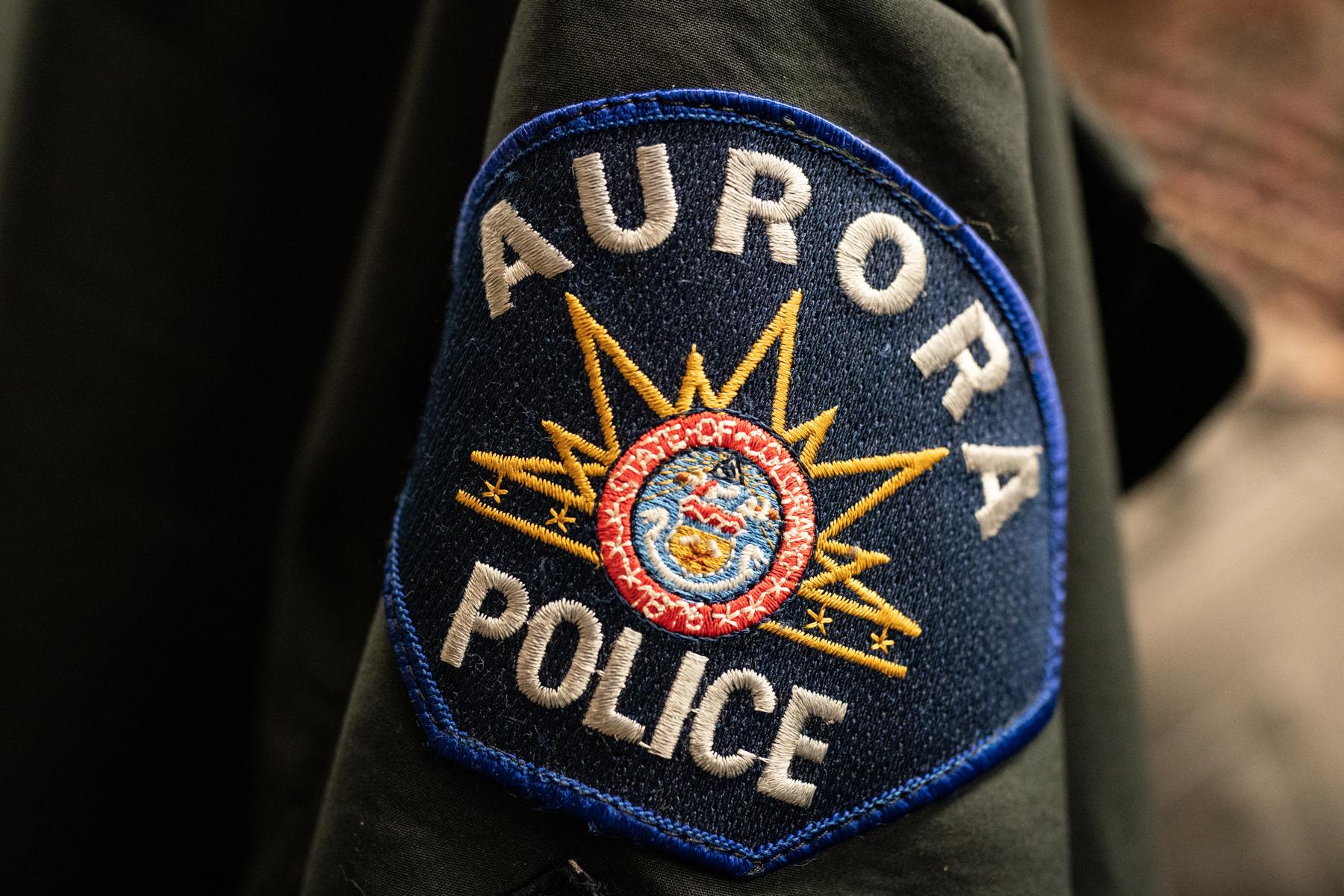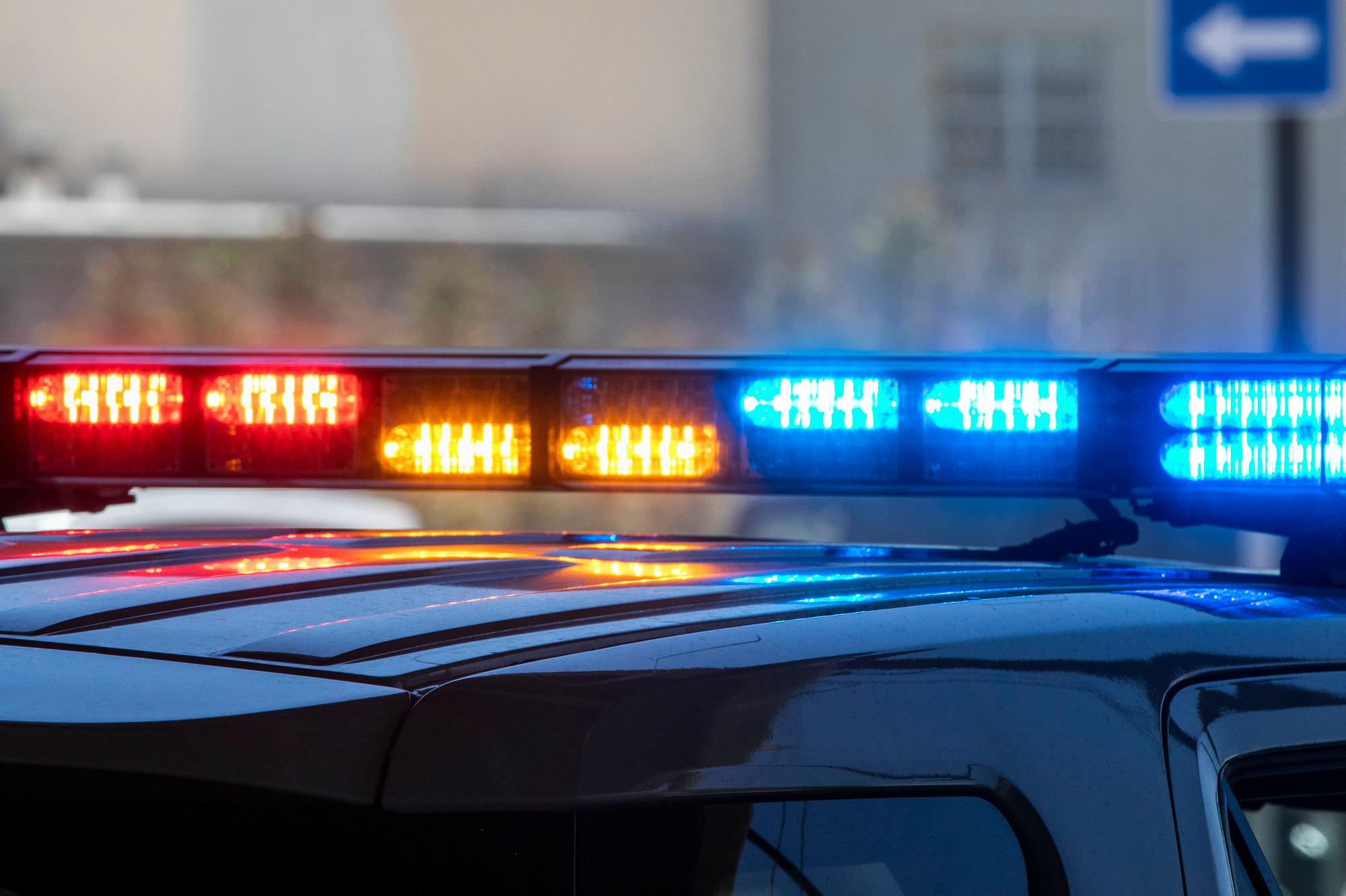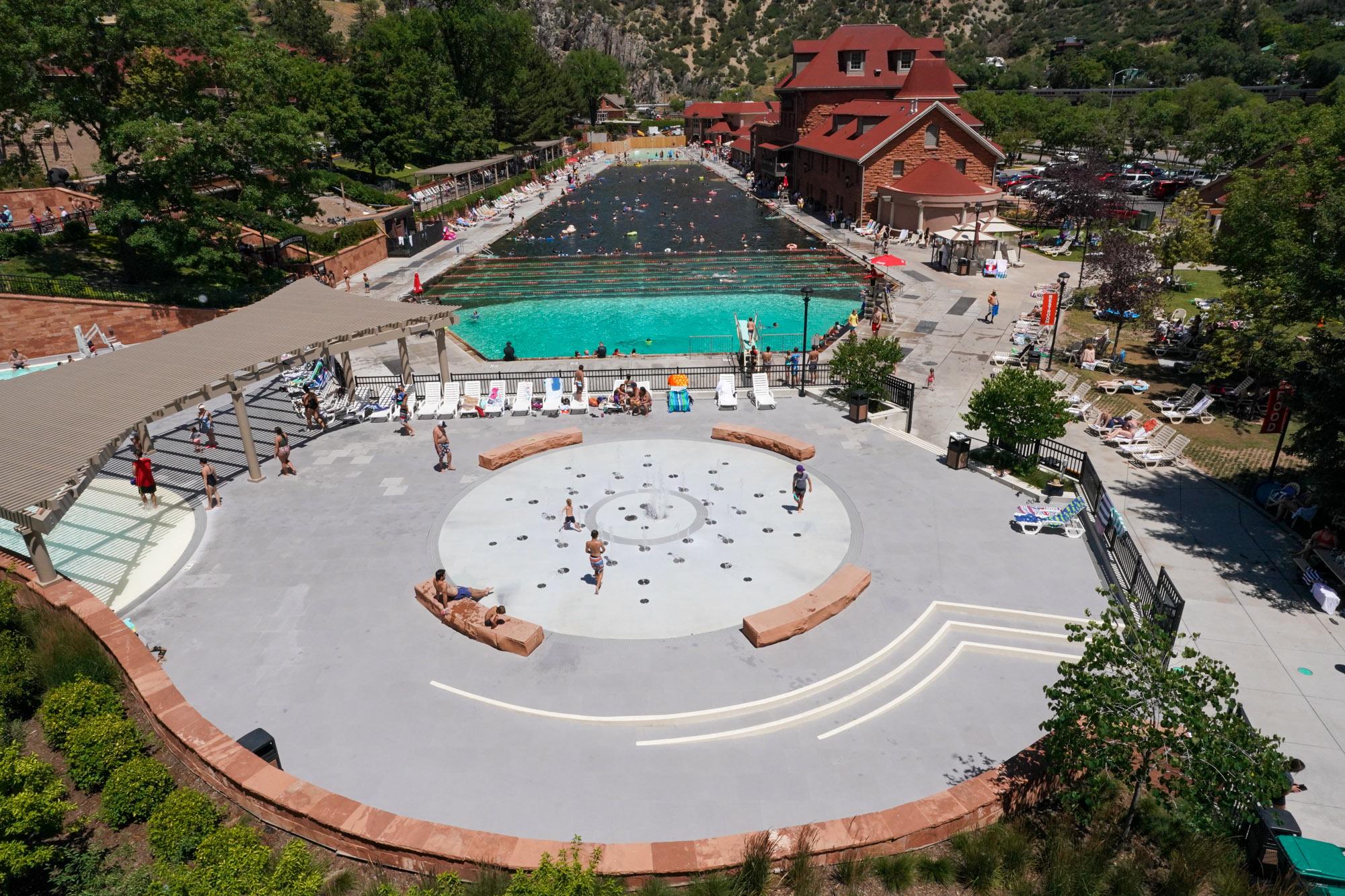
Amtrak’s Southwest Chief is a long-distance passenger train that travels daily from Chicago to Los Angeles along the Mountain Route of the historic Santa Fe Trail. Along the way, it knits together rural communities, like La Junta, Colorado and Raton, New Mexico and connects them to larger cities, like Albuquerque and Kansas City. The route is at risk though. Without needed repairs and upgrades, the Southwest Chief could be diverted, bypassing southern Colorado and Northern New Mexico entirely. There’s much agreement that the Chief should stay on its current route, but when it comes to committing dollars to the effort, there’s little consensus over who should pay for it.
Just south of the Colorado border in Raton, a dirt and gravel lot edges up against multiple railroad tracks, and a small Spanish-style building welcomes train passengers coming to town.

Ernest Haecker is a commuter, who lives part-time in Raton, New Mexico, and part-time in New York City. He says he uses the railroad to travel back and forth between the two locations. Haecker is one of many who came out to the Raton Amtrak station earlier this year in support of National Train Day.
“It’s also very common for folks here to go to appointments in Albuquerque and visit family,” Haecker says, “because there’s very little in public, or in mass transit in this area.”
Haecker highlights the dual purpose of a line like the Southwest Chief. It’s one part long distance travel, and one part rural transportation.
It’s Boy Scouts heading into Raton for a trip to Philmont, a nearby Scout Ranch. It’s family members visiting from out of town, or tourists wanting to see the Old West by train. For many, it’s a convenience, a nostalgic thrill, or a lifeline.
“There is no other connectivity,” says Amtrak President and CEO, Joe Boardman. “Long distance passenger rail service does not mean that you travel from Chicago to LA. It means you travel from La Junta, Colorado to Kansas City.”
But on this section along the Chief’s route, from western Kansas through northern New Mexico, track owner BNSF, a freight carrier, has said it doesn’t need to maintain the lines to the same standards Amtrak needs for passenger service. That’s created a funding quandary.
“Those long distance routes that traverse many many states, those have always been a federal responsibility and come out of Amtrak’s funding that is appropriated by Congress,” says Mark Imhoff, director of the Colorado Department of Transportation’s Division of Transit and Rail. “Our belief is that that should maintain and it should continue to be, because the main thrust of those services is multi-state transportation.”
But there is an argument for both federal and local funding, says east coast based transportation expert, Janet Davidson.
“The people who use it to get from one small town to the next small town are as important a part of that transportation story as somebody who gets on and makes the big grand journey once every two years, or whatever they do,” says Davidson.
Amtrak has been the subject of criticism since its creation by Congress, more than forty years ago. It’s a for-profit company, but the federal government remains its primary stockholder and subsidizes it. Nationwide, Amtrak’s passenger numbers are up, and long distance routes, like the Chief, make up about 15% of overall ridership.

Amtrak’s Boardman comes from a rural background, and is passionate about maintaining the line on its current route.
“We have a commitment and a relationship with all these small communities,” says Boardman. “And, we have a pretty good ridership level…I think we’re forgetting about [the rural communities]. And we’d better not. I’m committed to delivering what we promised in 1971.”
But for the Southwest Chief, those promises come with necessary infrastructure upgrades estimated at around $200 million. Amtrak has committed funds, and is among a proposed partnership that also includes BNSF, Kansas, New Mexico, and Colorado, that would split the costs evenly over the course of ten years.
Advocates of maintaining the line, including the two rail companies, Kansas, and a number of regional entities in Colorado have also applied for a federal transportation grant that, if approved, would total nearly $25 million.
“I’m not quite sure how we make up the rest of the difference,” says CDOT’s Imhoff. “But it would be a start. And I think that’s where a lot of the grassroots folks are coming from is if you can look at this in more bite-sized chunks, there might be ways to actually preserve the line.”
CDOT has about $10 million a year for transportation projects, and Imhoff says it’s hard to imagine putting more than a third of that into this line for one year, let alone, multiple years as proposed. He says busses could provide comparable service at a fraction of the cost.
And Janet Davidson says sometimes, that just makes more sense, despite some of the emotions that might be involved.
"If we're pragmatic about it, sometimes the rail isn't the right way to travel."
“People name their cars, they name their boats, they talk about rail lines … in this way as if it opens up this whole world—and you know, maybe it does. Maybe it opens up a world of imagination for us—but it’s also a way to get from A to B, and if we’re pragmatic about it, sometimes the rail isn’t the right way to travel, sometimes the car makes more sense.”
An Amtrak spokesman says their long-distance routes primarily compete with driving. But there are other issues surrounding the line, things like economic development and tourism for the communities it serves. For those, Imhoff looks to the statehouse.
“If we as a state believe that those elements are really important,” says Imhoff, “then the legislature could come forward with some general fund dollars to try and help from an economic and tourism perspective.”
But Imhoff also adds, “Everybody’s coffers are pretty low.”
Colorado’s legislature approved a commission to look at preserving the Chief, add a stop in Pueblo and possibly one in Walsenburg. An announcement on the federal transportation grant application is expected sometime this fall. It’s one of nearly 800 vying for a share of $600 million. Amtrak says they need a clear plan by the end of the year, or they’ll be forced to begin the rerouting process.









